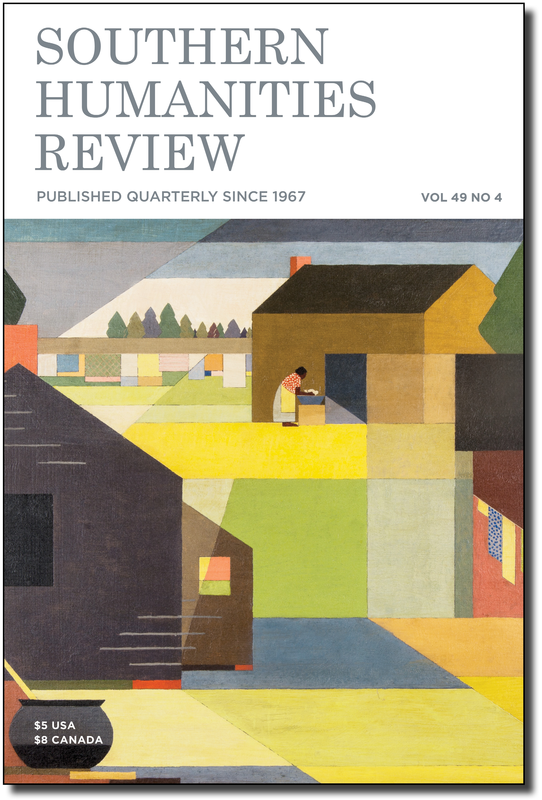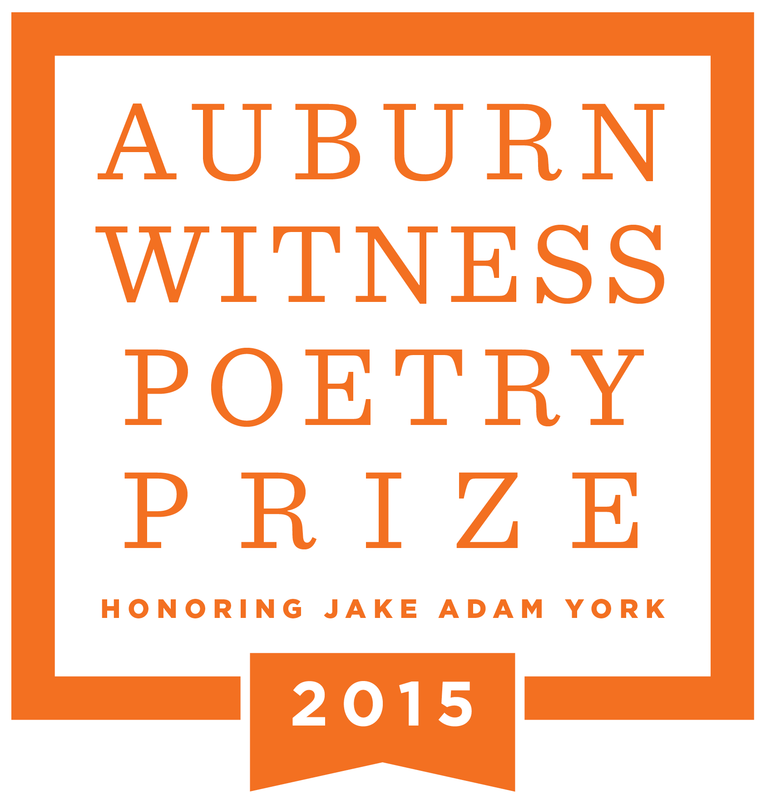|
Vertical Divider
|
VOLUME 49.4
This poem was a finalist for our 2015 Auburn Witness Poetry Prize Honoring Jake Adam York. Learn more about the contest here.
|
CURRENT ISSUE
|
CONTACT
|
DEPARTMENT OF ENGLISH
|



